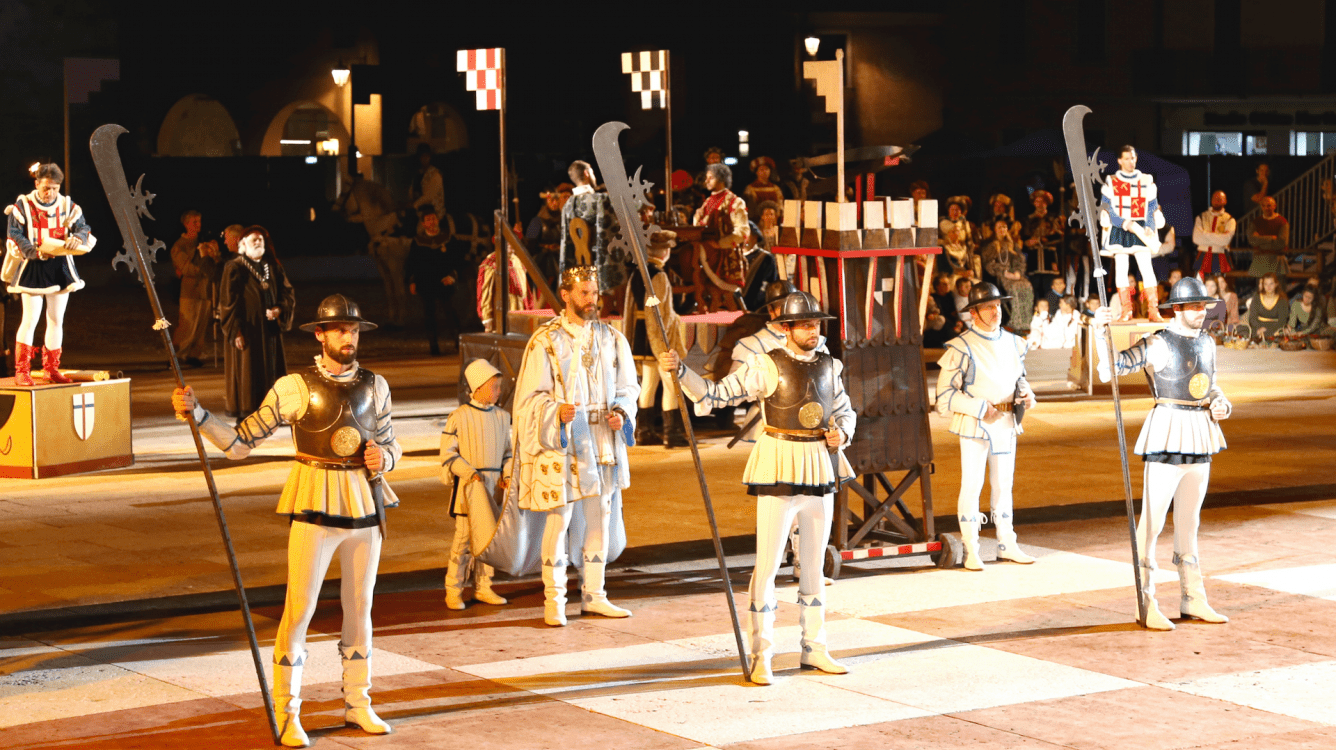
Capablanca's Mysterious Brilliancy
The first Capablanca book that I read was "My Chess Career." In the very first pages, I could see that it was completely different from any chess book that I read before. It was almost like an advertisement where every single sentence was screaming, "Look, I am a genius!" Take for example the author's note that opens the book.
"This book proposes to meet a general demand that I should tell the events and circumstances that have made me what I am today in the chess world."
—Jose Capablanca
This sentence looked arrogant to me: by that time, I had already finished reigning World Champion Anatoly Karpov's book, and he was very modest in his annotations. Meanwhile, Capablanca wasn't even the World Champion when he wrote "My Chess Career." There were other strange comments in the book. For example, in his game against Janowski, after 13 moves Capablanca wrote:
In this game, I was for the first time in my life to have the feeling of being completely outplayed by my opponent.
—Jose Capablanca
Really? The game was played in the famous tournament San Sebastian, 1911. By sensationally winning this tournament, Capablanca officially entered the world's elite and promptly challenged Lasker for the world title. So, Capablanca was saying that he was never outplayed by his opponent until he became one of the best players in the world? Wasn't he ever just a beginner, or what today would be a 1200, 1400, or 1600 player?

Aside from the general tone, the book made a very strong impression on me, and Capablanca instantly became one of my favorite players. His games were just marvelous! For me, the main appeal was the feeling that I could play like him: simple plans were executed by simple moves. Of course, I quickly realized that this was a very deceptive simplicity, but it only made the games more appealing!
Later I read more books by Capablanca and generally had the same impression: while their tone was a bit cocky, the content of the books was truly golden. Still, one mystery remained.
As a little kid, I loved the book "Chess Miniatures" by Abram Roizman. It was a collection of 400 games that lasted 25 moves or less, and all common openings were covered there. I used this book as my opening manual, hoping to trap my opponents in one of hundreds of combinations. Like most kids, I played the Four Knights Opening, so I couldn't miss Capablanca's gem in the opening. Can you find the final combination?
Despite the obvious beauty of the game, there were many questions. First of all, how could a master, especially one of Herman Steiner's strength, play such a horrific move as 10...Be6?? in a theoretical position. The negative consequences of the move are too obvious.
Second, the even more obvious question is, how come Capablanca, who liked to advertise his talent, never published this game in any of his books? Yes, "My Chess Career" was published before the game vs. Steiner was played, but what about other books? In his textbooks and lectures, Capablanca talked about combinations in the middlegame, but as examples he used his other, less beautiful games. By the way, speaking of beauty, an almost identical combination was played in one of Savielly Tartakower's games:
So, it is weird that the game Capablanca vs. Steiner was published in many books about Capablanca but never by Capablanca himself!
Vassily Panov in his classical book on Capablanca calls the move 10...Be6 " a bad opening novelty" and gives it a question mark. Harry Golombek doesn't give this losing move any notation in his book in German "75 Seiner Schonsten Partien." Euwe and Prins in their book "Capablanca" give this remarkable game with no annotations at all, so what's going on?
The game remained a mystery to me until one day I noticed that unlike other above-mentioned authors, Vassily Panov clearly stated that the game was a "living chess" game. The mystery was gone! It is not a secret that all such games are prearranged. Indeed, spectators would like to see the show end relatively quickly with a spectacular combination. Nobody is going to watch a long endgame for five hours where the opponents exploit professional methods such as the "principle of two weaknesses" or the "do not hurry" rule.
Probably the most popular choice for the living chess exhibitions is "The Opera Game." Of course, if you perform living chess regularly, as happens in the Italian city of Marostica, you need some variety. Fortunately, chess history has many such games. This is what spectators were treated to in Marostica in 1972. Can you find the final combination?
Attentive readers of my column will recognize the final combination from the living chess game played by Schiffers vs. Chigorin in Saint Petersburg in 1897.
Of course, the opponents repeated their real tournament game played just a couple of days ago where Chigorin actually missed the combination! We already talked about this game here.
Now we know why Capablanca didn't mention his game against Steiner in any of his books and why a strong master played a truly horrible move in a theoretical position. The game was prearranged and therefore wasn't actually played.
So, if you see an exhibition game like this one:
You'll have these natural questions:
- Why did Euwe, who played 1.d4 for most of his life, suddenly switch to 1.e4 and play the sharpest Najdorf Sicilian against none other than Mikhail Tal?
- Why did neither World Champion annotate this interesting game in their game collections?
Now you know the answer!






